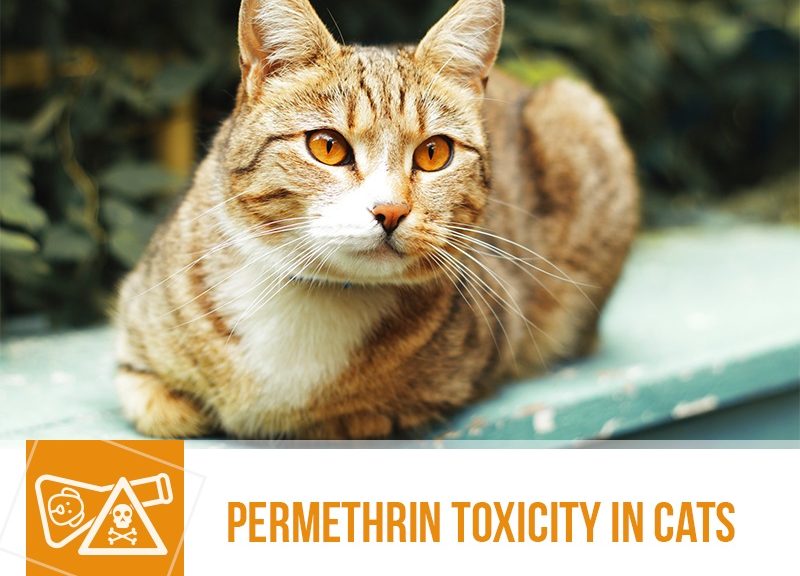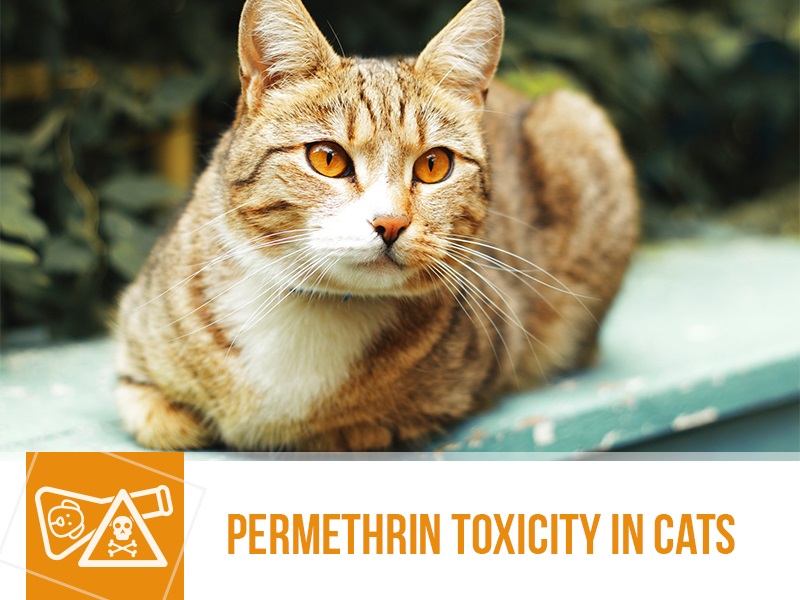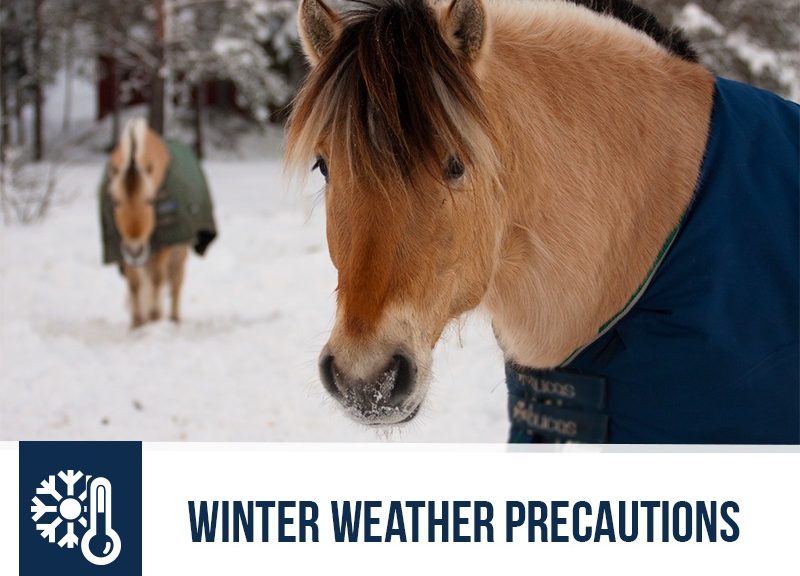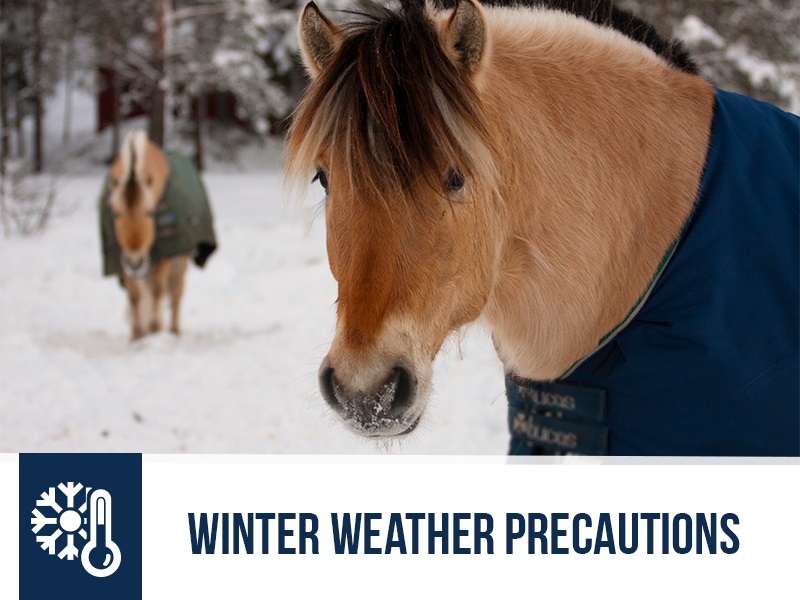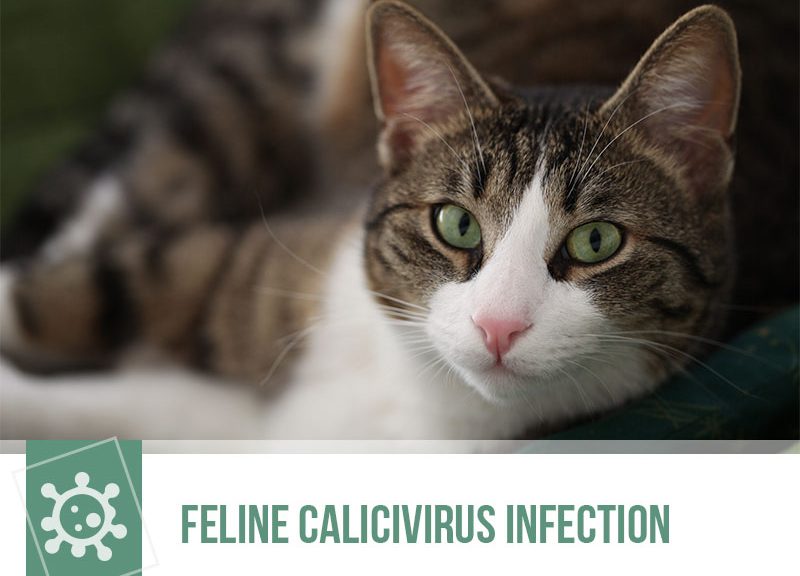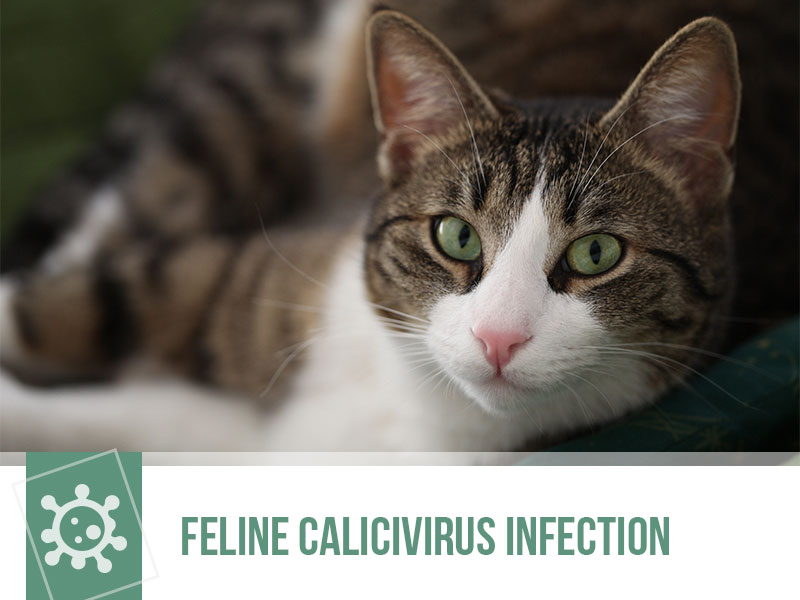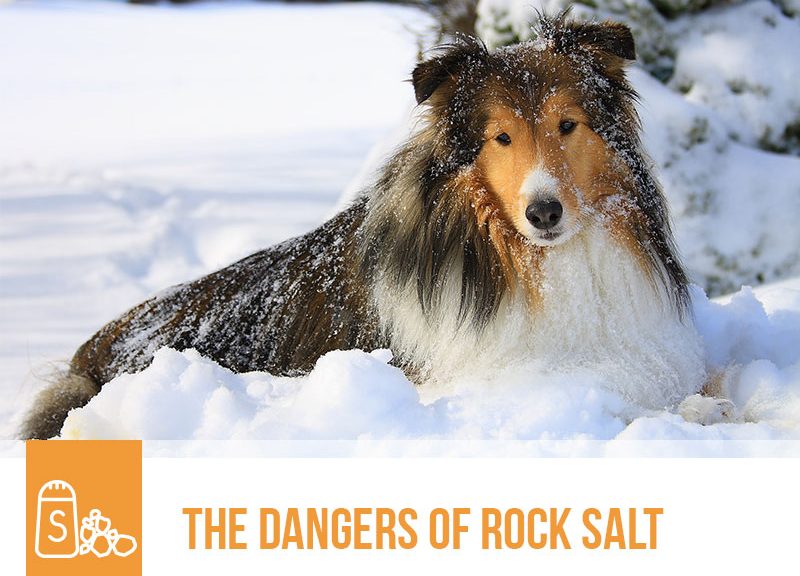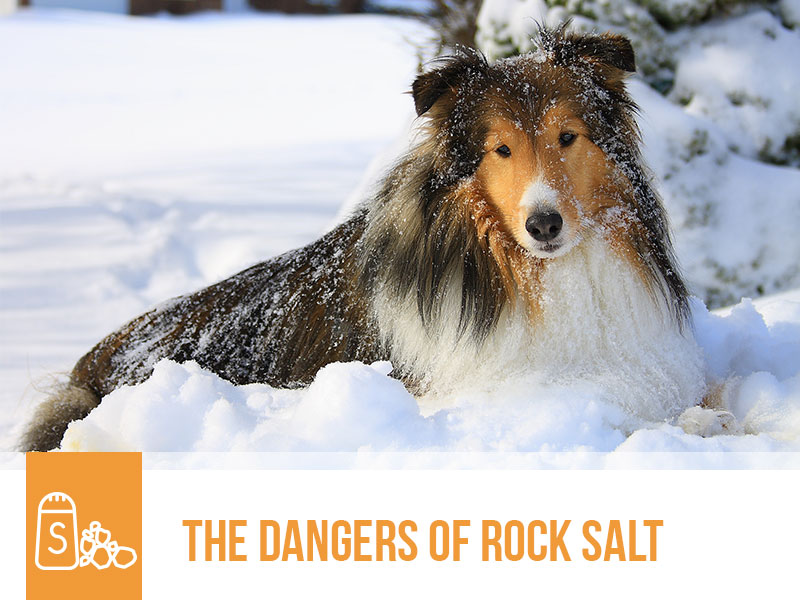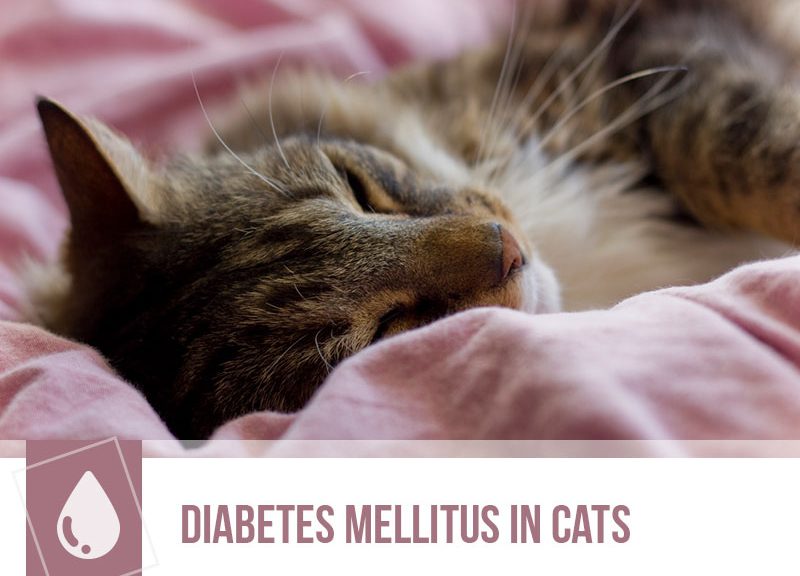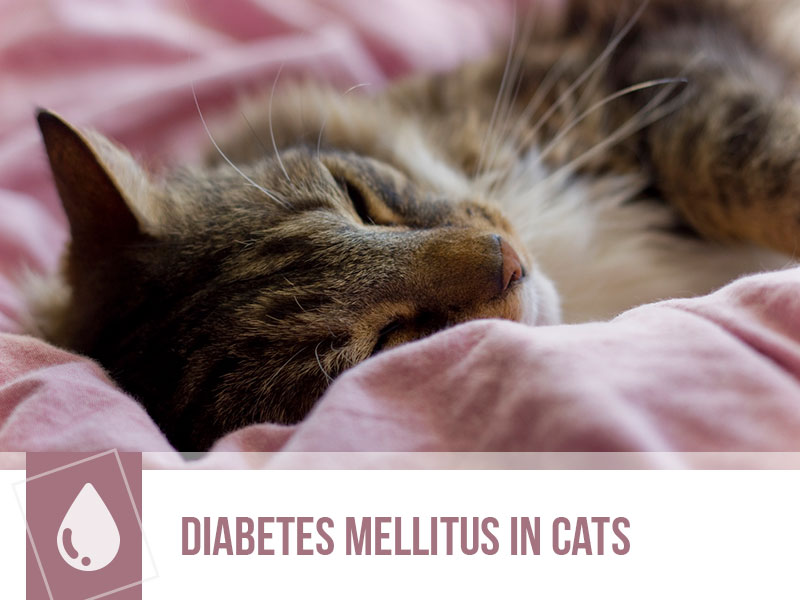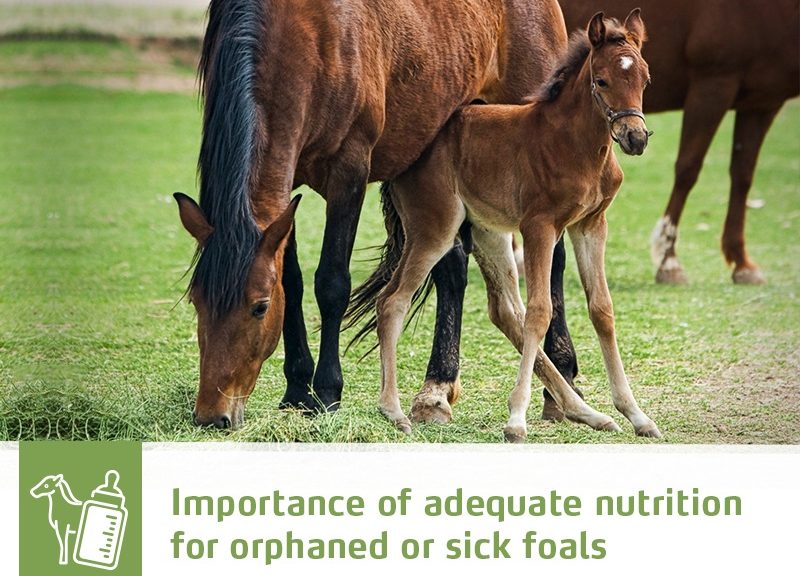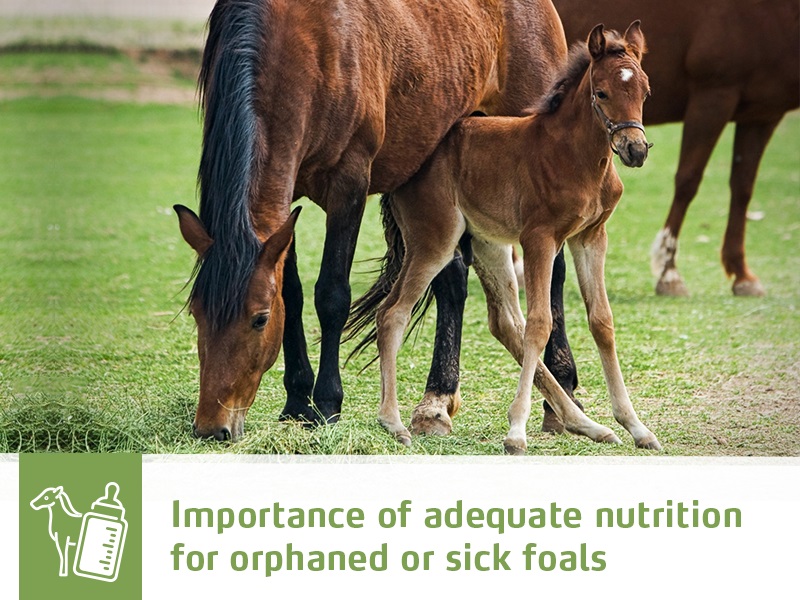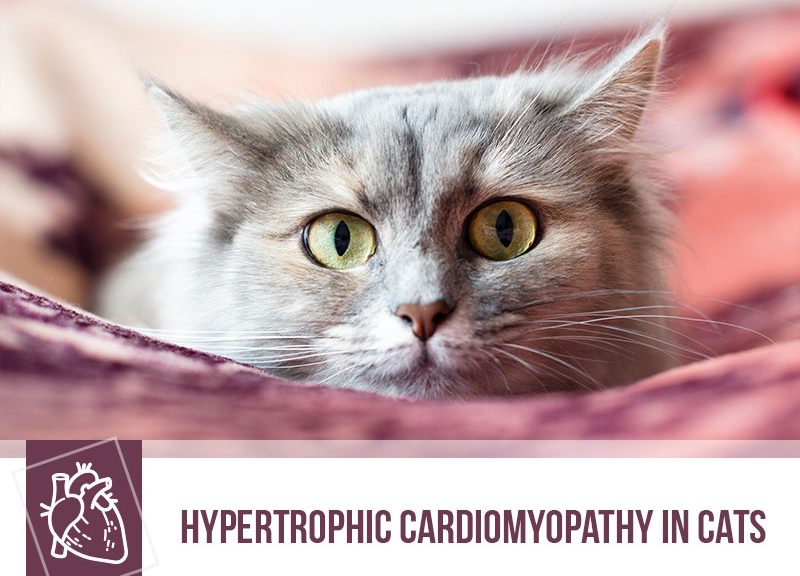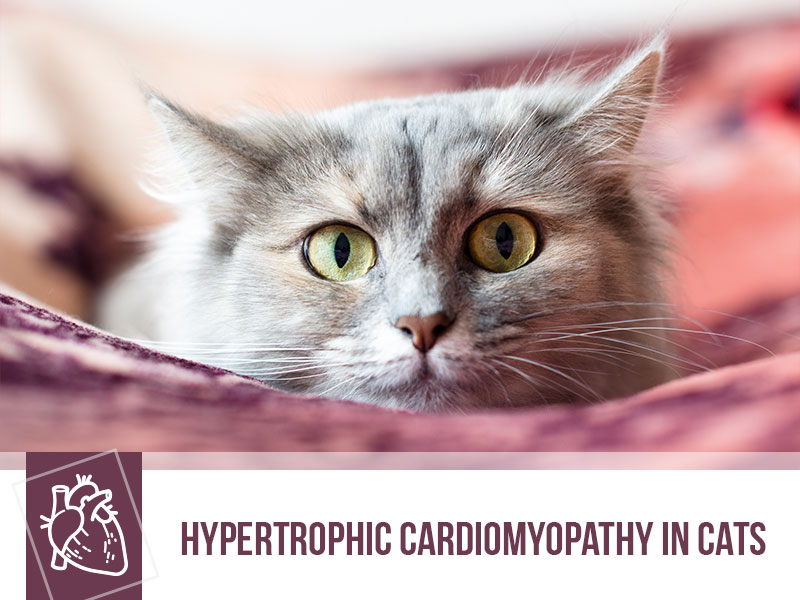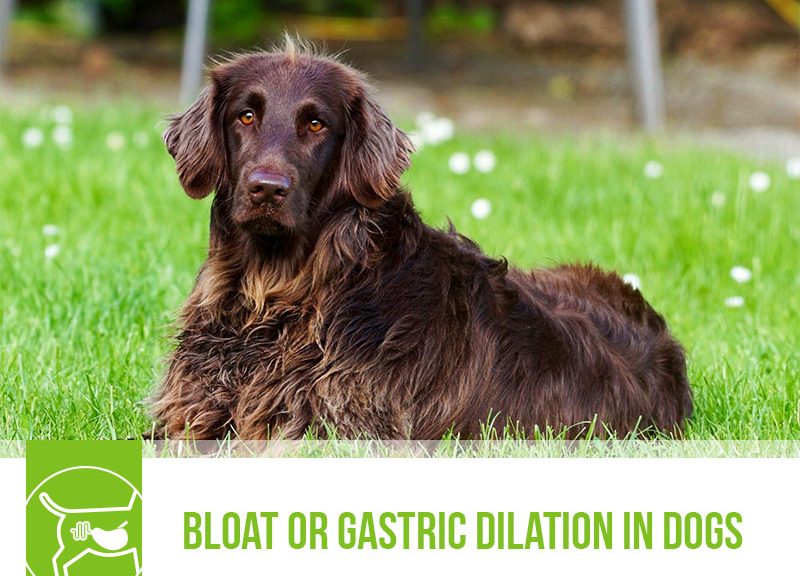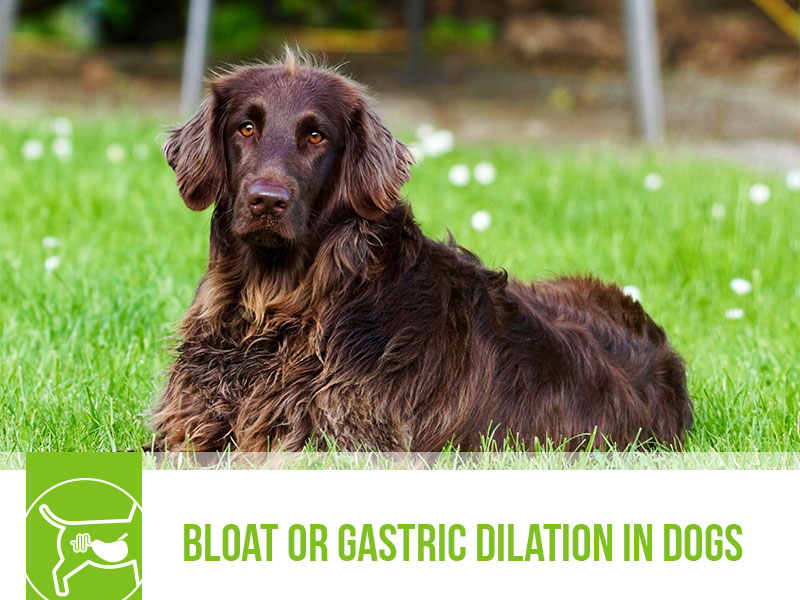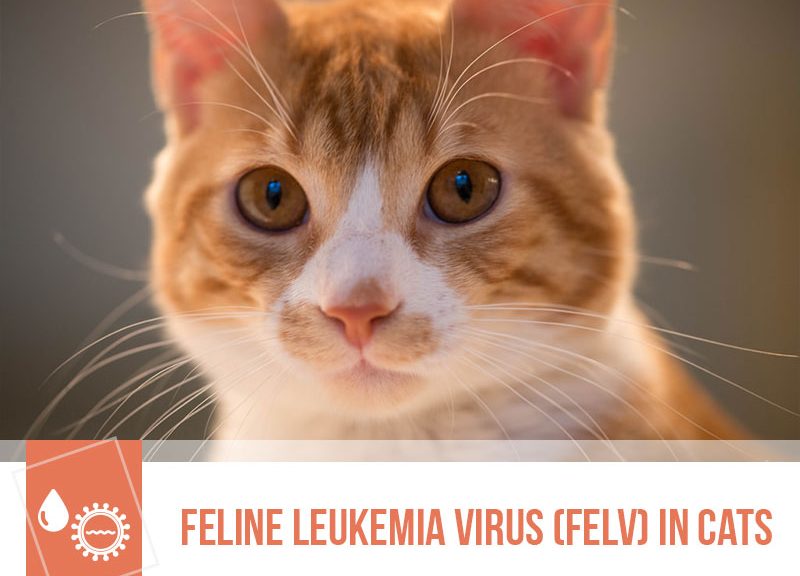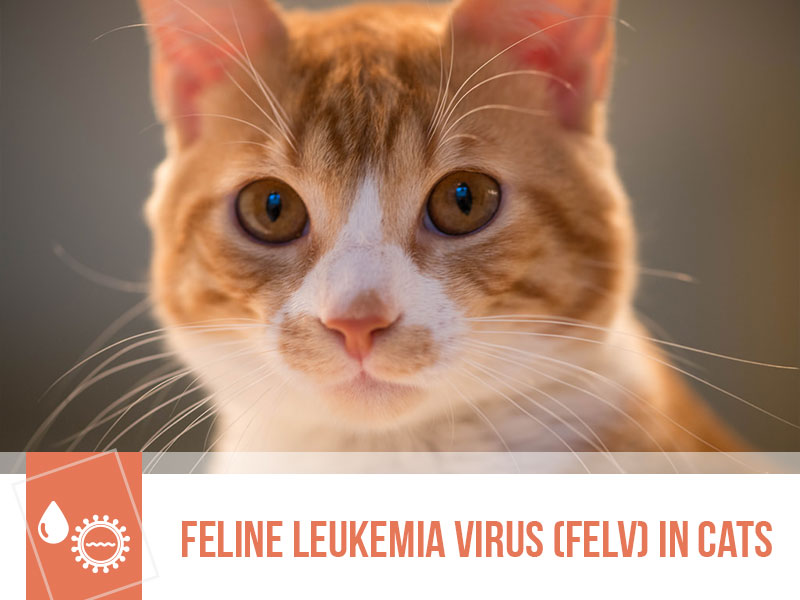With holidays just around the corner, it also comes a time to leave our puppers and dogs alike in all manners of kennels or hotels while we jet off to our vacations (that is, those of us that don’t take our canine companions with us!).
Most of the time, though, these kennels will require vaccination against kennel cough, which is not part of the core vaccination protocol. So, what is exactly kennel cough?
Kennel cough, technically known as infectious canine tracheobronchitis, is a disease complex caused by several different bacterial and viral agents, chiefly among them Bordetella bronchipseptica, canine respiratory coronavirus, canine adenovirus 2 and parainfluenza virus.
It happens quite often in places that have several susceptible dogs and frequently less than ideal hygiene conditions. It is most severe in puppies from 6 weeks to around 6 months and in dogs with other subclinical respiratory illnesses like congenital anomalies or chronic disorders of the lower respiratory tract.
Most of the cases tend to present as uncomplicated and many owners have contacted with the classic dog, with the really loud cough, usually induced by touching the trachea or excitement but otherwise it’s a healthy animal. This form of the disease is, most of the time, self-limiting and will generally go away in about 2 weeks. Of course, depending on what agent is infecting your pup’s respiratory system and if there are other problems at the same time, might turn into a severe disease with fever, anorexia and difficulty breathing that requires quick action!
If your dog has coughing issues, even if otherwise healthy, take them to the vets for a check-up. While kennel cough is mostly self-limiting if uncomplicated, many other more severe diseases that also have cough are definitely not and the sooner a correct diagnosis is made, the better chances your faithful hound has of making it through unharmed.
Would you like to know more about dogs? Check our Canine Courses:
Canine courses


